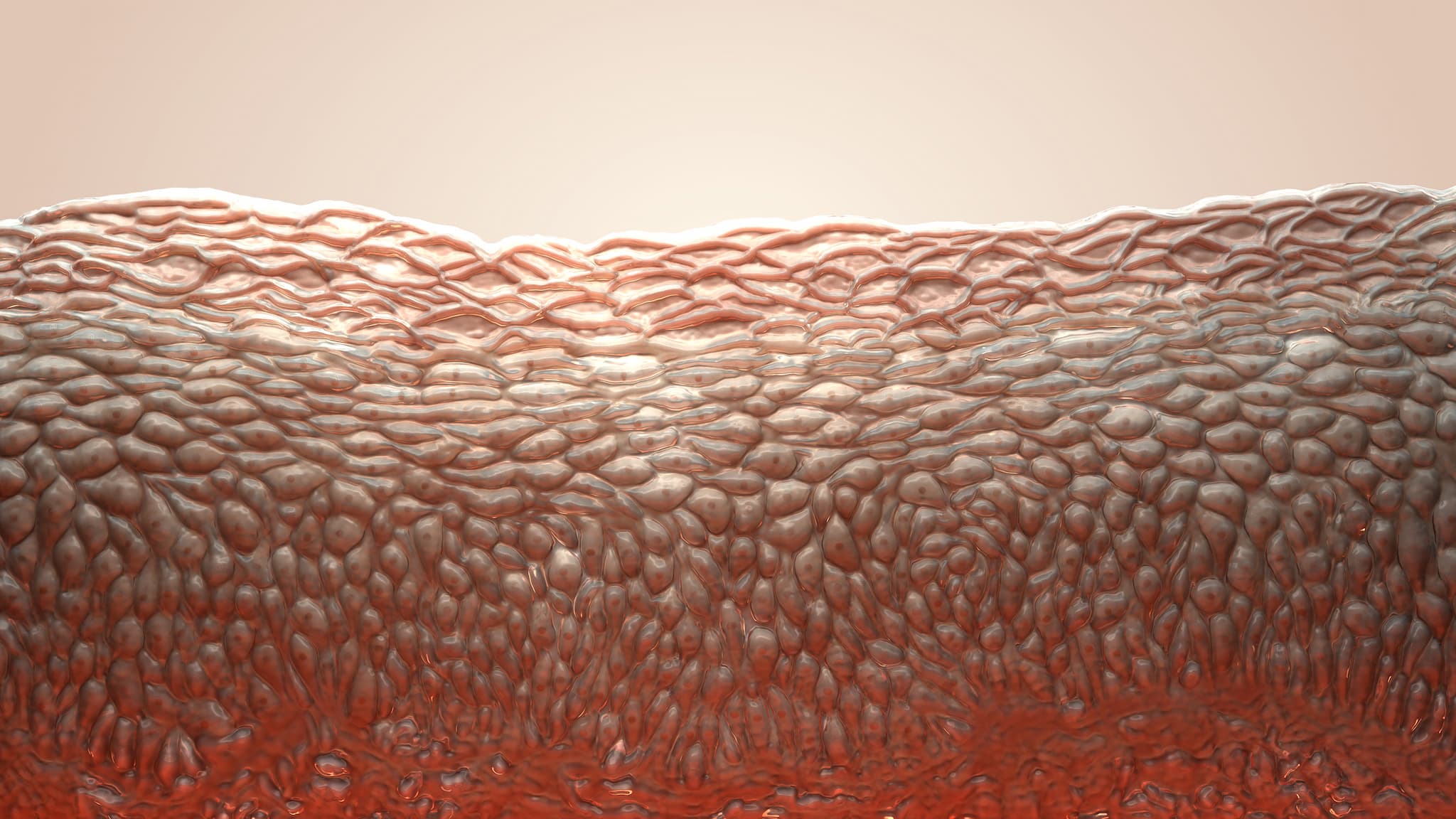Using Genetic Modification to Save Lives
There exist in the world a rare genetic disease that causes the skin to become very fragile, to the point that it will blister easily from minor actions such as scratching or rubbing. This disease is called junctional epidermolysis bullosa (JEB), and while it may affect less than a million people in the world, it's still a widespread condition in need of treatment, and one that's harmful enough to bring devastating changes to a person's life.
As reported by Science Alert, a 7-year-old boy was admitted to a hospital burns unit in Germany in 2015 due to the fact he had lost nearly 80 percent of the skin on his body to JEB. After traditional remedies failed, the boy's parents turned to reconstructing his skin one piece at a time. Enter Professor Michele De Luca, a stem cell researcher from the University of Modena and Reggio Emilia in Italy. Along with his team, he developed a technique to treat JEB, which involved attaching genetically modified skin grafts to the dermis — the inner layer of tissue that makes up the skin, with the epidermis being the outer layer.
We've seen genetic modification used in the past with varying results. In 2016, gene modding was used to make mosquitoes that would hopefully eliminate other mosquitoes that transmit diseases. Last November, genetically modified E. coli bacteria was created to treat metabolism disorders in infants. Much more recently, scientists used genetic modifications to subdue the bacteria Francisella tularensis, which has been used as a bioweapon to cause tularemia — a disease that comes with joint pain and muscle aches.
Creating Genetically Modified Skin
De Luca and his team took skin cells from the 20 percent of the boy's body that had yet to be affected by JEB, and used it to grow protein cultures free of the disease. These cultures were then used to make epidermal grafts, which were then used to replace the lost skin. In the team's research — published to the journal Nature— they revealed the boy was released from the hospital in February 2016. This November, 21 months after the third and final surgery, he was examined once again, revealing he had made a full recovery and now had healthier skin.
"His epidermis is currently stable and robust, and does not blister, itch, or require ointment or medications," said the team. However, they went on to suggest their treatment may not be required for patients suffering from lesser forms of epidermolysis bullosa (EB). The 7-year-old boy was an extreme case.
Furthermore, it's unclear how long the boy's skin will remain healthy, meaning he'll need to go through additional examinations as he gets older. Regardless, De Luca's success may pave the way for others to look into similar treatments and ways to create modified skin. According to Debra, at least 500,000 people live with EB. If even one of them can find relief using De Luca's technique — or a less intense version — it'll be worth the time and effort.
Share This Article
